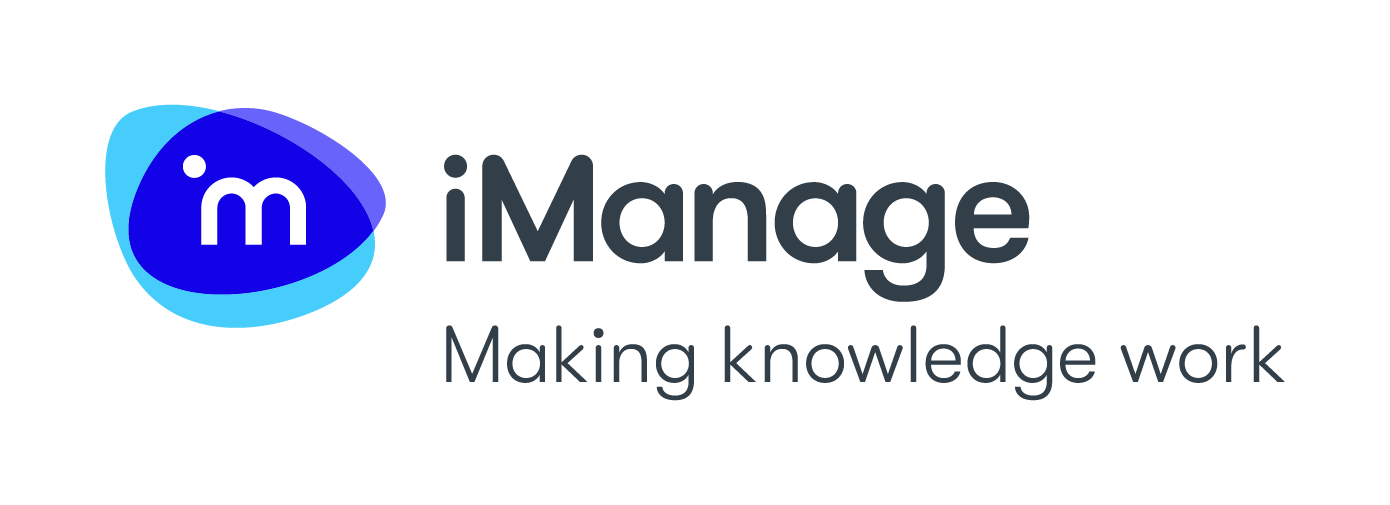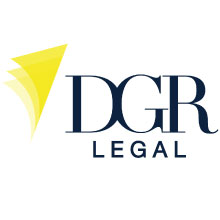By John Lusardi
- Create a move team and clearly identify a single point of contact who is the “leader” of the move team within your organization.
- Create a checklist of what you wish to accomplish with the move. Is your company downsizing? Expanding? Does your company plan to purchase new furniture? Will you require storage? There is a lot to consider during a move, and a clear scope of work and proper planning is the key to a seamless relocation.
- Identify a target move date and when you will secure a Certificate of Occupancy at the new space. Your move timeline and logistics is dependent upon this date/access.
- Begin the process of identifying what items will and will not be moved. Your company can save time and money by decluttering your office prior to the relocation. Once you decide on what is moving, create an inventory of items.
- If you do not have a relationship established with a local mover, this is a good time to start, as the mover can assist you with planning. Partnering with your local mover as early as possible may help take a lot off your plate once you learn all the additional services and resources the mover can provide. The mover will work with you to help implement a detailed move plan and schedule that will limit the amount of employee downtime, identify non-essential items that may be moved ahead of time, help coordinate loading dock and freight elevator times and help with the decommission and/or liquidation of unwanted furniture. The earlier you start the process, the better chance the project has of being successful.
- Choose your relocation company wisely. Weed out the unqualified bidders with some helpful points that you should be looking for from your moving company:
- Research background and history (years in business, locations, owner, number of employees, amount of equipment, etc.).
- Check mover credentials. Is your mover licensed and insured? What type of insurance coverage does the mover carry? Ask for applicable licenses and authorities (DOT, ICC or other) and any affiliations (VanLiner, BBB, CRN, etc.).
- Ask for references. How many relocations of this size has the company done and can they provide a list of satisfied clients?
- Ask for qualifications and names of key personnel (project manager and lead foreman) and standards for other personnel.
- What experience does the mover have with handling sensitive electronic equipment, including PCs and servers? Look for companies with specific experience moving critical IT equipment.
- Inquire about their experience in handling modular furniture. It takes product knowledge to efficiently break down and put up modular furniture configurations.
- What post-move services does the mover provide? Post-move services are usually defined in a detailed relocation plan. Look for companies that work with you even after the move to assure that you and your employees are 100% satisfied.
- If possible, take time to visit your mover’s facility and meet the team that will be supporting your office relocation.
- Work with your mover to develop or fine-tune the scope of work. Make sure that responsibilities are clearly defined, such as:
- A detailed schedule of move (dates and times of activity)
- Packing and unpacking (who is responsible for which areas, customer vs. mover). You may assign personnel to pack common areas such as kitchens, reception areas, file rooms, storage rooms, etc.
- Decommissioning your space? Consider furniture/IT/broom swept services.
- Who will handle disconnection and moving of PCs? Most moving companies offer computer disconnect and reconnect services as a very cost-effective amenity to their service.
- Cubicle disassembly and assembly, reconfigurations?
- Packing materials (corrugated boxes or rental crates)
- Itemized inventory of furniture to be moved, or at a minimum, knowing what to show the mover during the site visit
- Post-move fine-tuning (Is this needed, how many workers and for how long?)
- Egress out and into buildings should be reviewed, along with buildings’ management requirements.
- Require that no bids will be accepted without a site survey.
- Request hourly rates and/or confirm type of quote (fixed bid vs. estimated cost)
- What is your plan for data back-up on your servers? Talk to your IT staff. Your company does not have to be inoperable during the move.
- Who will be your new data service provider? Make sure the company providing your telephone and data services is scheduled to have everything in place before your physical office move is to occur.
- Have a pre-move meeting with your staff! Perhaps the single most important thing you can do is educate your staff about their responsibility during the move process. Discuss proper packing techniques, proper labeling and where to find information they need, such as the new office telephone number.
These are just a few best practices for relocating your company. I am confident that if you address these office-move planning tips, it will greatly assist you with your upcoming relocation.
John Lusardi is Vice President of Sales-Partner of The Liberty Group. The Liberty Group opened for business in 1920 as Liberty Transportation and Storage Co. Since then, it has grown from a small moving business with one truck and a passion to serve its clients, to a global moving, maintenance and shredding company. John may be reached at [email protected].





















